As cat owners, we are constantly amazed by the agility and grace of our feline friends. From jumping to climbing to squeezing into impossibly small spaces, cats seem to have a natural ability to move in ways that we humans can only dream of. But have you ever wondered, can cats walk backward? Or are they only capable of moving forward? In this blog post, we will explore the fascinating topic of feline movement and discover whether or not our furry companions can walk backward or if they are limited to forward motion only.
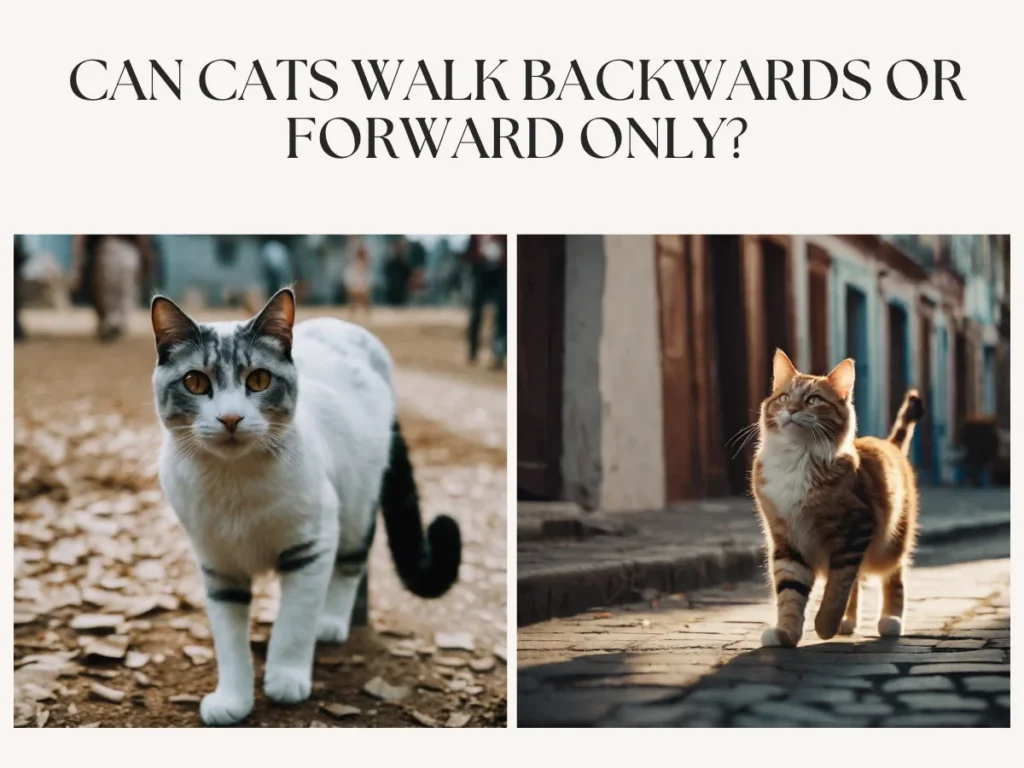
Table of Contents
Unraveling the Mystery: Can Cats Walk Backwards?
As devoted cat owners, we are forever captivated by the remarkable agility and elegance displayed by our beloved feline companions. Their innate ability to effortlessly leap, climb, and effortlessly maneuver through the tiniest of crevices never ceases to amaze us. It begs the question: Can cats defy their forward-oriented nature and actually walk backward? Are they limited to a unidirectional movement, or do they possess the versatility to navigate in reverse as well?
While cats are renowned for their forward-focused movements, it is not entirely unheard of for them to venture into the realm of backward motion. Though not a common behavior, some cats may exhibit the ability to walk backward on occasion. Factors such as their level of comfort, their surroundings, and specific circumstances can influence their decision to employ this unconventional mode of locomotion.
The mystery of whether cats can walk backward has puzzled many cat lovers. While cats are undoubtedly masters of forward motion, it is not as clear when it comes to walking in reverse. However, after extensive research and observation, experts have found that yes, cats can indeed walk backward!
While not as commonly seen as forward movement, backward walking in cats is possible and can occur in various situations. Whether it’s backing out of tight corners or simply taking a step back to reassess their surroundings, cats can navigate in reverse.
The Science Behind Feline Mobility
Cats are known for their incredible agility and flexibility, which allows them to move in ways that often seem almost otherworldly to us humans. But what is the science behind their feline mobility? How do they accomplish these seemingly impossible feats?
One of the key factors behind a cat’s exceptional mobility is their skeletal structure. Cats have a highly flexible spine, with more vertebrae than humans. This allows them to contort their bodies and twist and turn with ease. Additionally, their powerful and elastic muscles provide them with the strength and balance necessary for their acrobatic movements.
Another important factor is their retractable claws. These claws help cats maintain their grip on surfaces, giving them the ability to climb, leap, and even walk backward when needed.
Furthermore, cats have an incredible sense of balance, thanks to their inner ear and vestibular system. This allows them to make precise movements and maintain stability even in challenging positions.
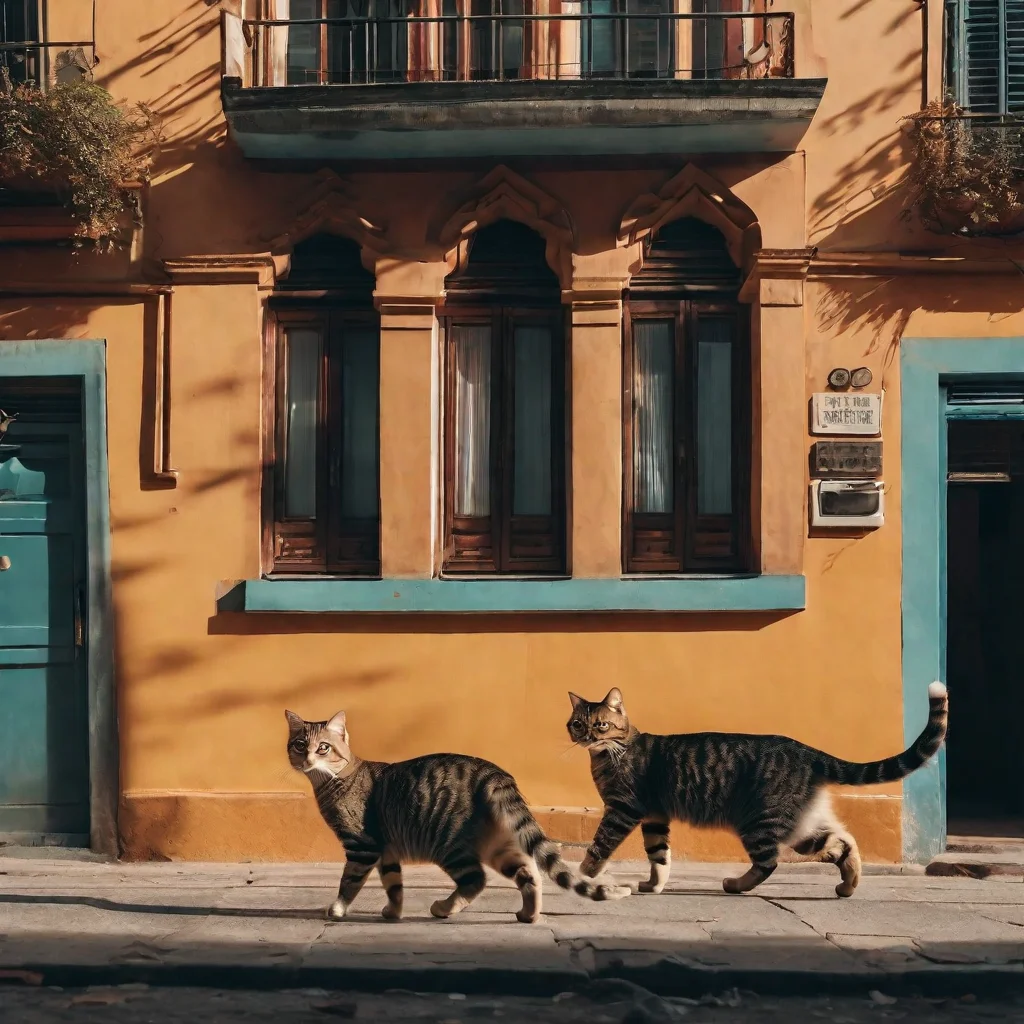
Observational Insights: Signs of Your Cat Attempting to Move Backward
When it comes to observing our feline friends, there are certain signs we can look for to determine if they are attempting to move backward. While not as common as forward motion, cats do exhibit specific behaviors when navigating in reverse.
One telltale sign is the positioning of their body. When a cat is about to move backward, you may notice them arching their back slightly, lowering their hindquarters, and extending their tail outward. This posture allows for better balance and control while stepping backward.
Another indication is the way their paws are placed. Cats tend to take shorter steps when walking backward, and their paws may be turned slightly inward as they move. You may also notice their claws being retracted, as they rely less on their grip when moving in reverse.
In addition, pay attention to their gaze. Cats often look behind them when preparing to walk backward, using their keen senses to assess their surroundings before taking a step.
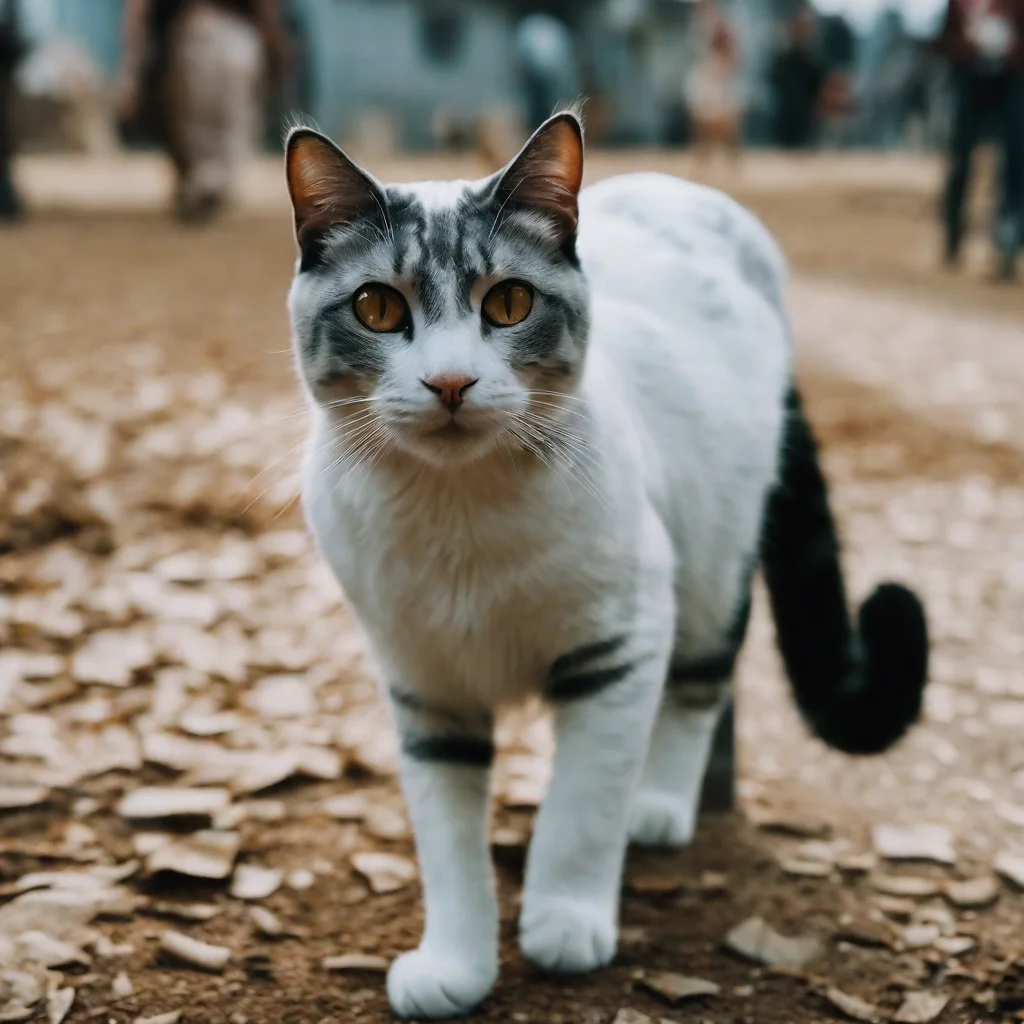
Understanding the Limitations and Potential Hazards of Backward Movement in Cats
While it is fascinating to discover that cats can indeed walk backward, it is important to recognize that there are limitations and potential hazards associated with this type of movement. While cats are incredibly agile, their ability to walk backward may not be as precise or fluid as their forward motion.
One limitation is the reduced field of vision when walking backward. Cats primarily rely on their acute vision to navigate their surroundings, and when they walk backward, their field of vision is significantly hindered. This can make it more challenging for them to detect potential obstacles or hazards, increasing the risk of accidents.
Another limitation is the decreased control and stability when moving backward. Unlike humans, cats do not have eyes in the back of their heads, making it harder for them to accurately gauge distances and make precise movements. This can result in clumsiness or difficulty maintaining balance, especially in unfamiliar or uneven terrain.
Additionally, backward movement in cats may not be as efficient or energy-conserving as forward motion. Cats are known for their remarkable speed and agility, but when they walk backward, their movements may become slower and more cautious. This can be taxing on their muscles and may not be the most efficient way for them to navigate their environment.
Cat owners must be mindful of these limitations and potential hazards when observing their cats attempting to walk backward. Providing a safe and obstacle-free environment can help mitigate any risks associated with this type of movement.
The Influence of Environmental Factors on a Cat’s Movement
When it comes to a cat’s movement, it’s not just their physical abilities that play a role. Environmental factors can greatly influence how a cat moves, including whether or not they choose to walk backward. One important factor is the layout of their surroundings. Cats are more likely to walk backward in confined spaces, where turning around may be challenging or impossible. They may back out of a tight corner or navigate their way out of a narrow passage.
Another factor is the presence of obstacles. Cats are agile creatures, but if objects are blocking their path, they may choose to walk backward as a way to navigate around them. For example, if there is a piece of furniture in their way, they may walk backward to maneuver themselves out of a tricky situation.
The surface they are walking on can also influence their movement. Cats are more likely to walk backward on slippery surfaces, such as hardwood floors or tile. Their claws provide them with grip, but if they feel uncertain about their footing, they may opt for backward movement to maintain stability.
Additionally, the level of comfort and familiarity with their environment can affect a cat’s movement. If they are in an unfamiliar place or feel uneasy, they may be more inclined to walk backward as a way to keep a watchful eye on their surroundings.
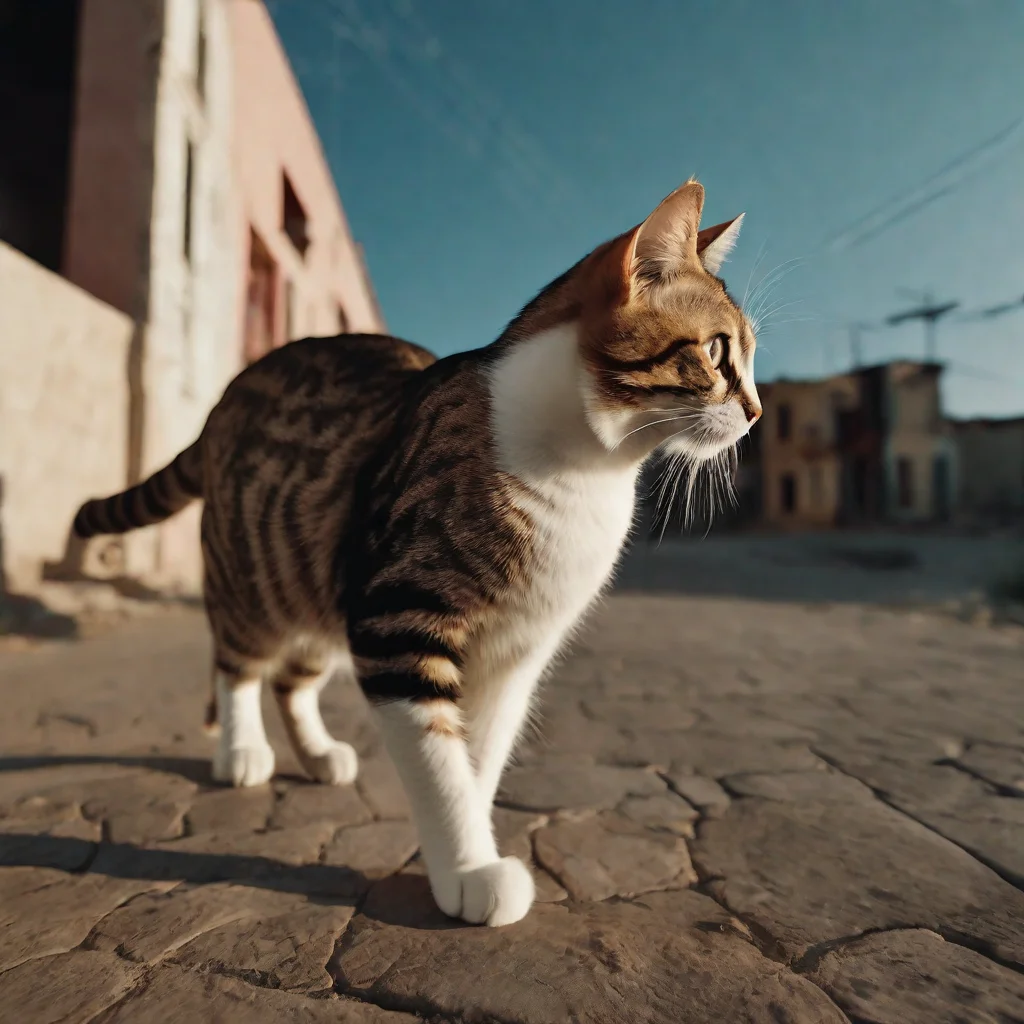
Unique Instances: Breeds that Show More Backward Mobility
As we delve deeper into the fascinating world of feline movement, we come across some unique instances where certain breeds of cats display a greater affinity for walking backward. While all cats can walk in reverse, some breeds have been observed to do so more frequently or with more ease.
One breed that stands out in terms of backward mobility is the Maine Coon. Known for their large size and long, flowing fur, these majestic cats possess exceptional balance and coordination. This, coupled with their flexible spines and strong hindquarters, allows them to navigate in reverse effortlessly. Whether it’s backing out of a tight spot or retracing their steps, Maine Coons seem to have a natural inclination for walking backward.
Another breed that demonstrates a knack for backward movement is the Abyssinian. These sleek and agile cats have a lithe and slender build, making them well-suited for reversing their steps. Whether it’s backing off a high ledge or maneuvering through a crowded space, Abyssinians showcase a level of precision and grace that is remarkable to witness.
Other breeds, such as Siamese and Bengals, have also been observed to exhibit a higher propensity for walking backward. However, it’s important to note that individual cats within these breeds may vary in their backward mobility. While some may display a natural talent for it, others may not exhibit the same level of ease or frequency.
Comparisons: Cats vs. Other Animals – Who Moves Back Better?
When it comes to comparing the backward mobility of cats with other animals, it’s clear that felines have their unique flair. While cats are certainly capable of walking backward, they may not be the absolute champions of reverse movement in the animal kingdom.
Let’s take a look at some other animals and their backward mobility skills. Birds, for example, are not known for their ability to walk backward. Their anatomical structure, with their feet facing forward, makes it challenging for them to move in reverse. Similarly, dogs typically struggle with backward mobility, although some breeds like the Basset Hound may have a bit more success due to their low-slung bodies.
On the other hand, certain animals, such as crabs, excel at walking backward. With their sideways walking technique, crabs are masters of moving in reverse. Additionally, some insects, like ants, are highly skilled at walking backward, using their six legs to maneuver effortlessly.
In comparison, cats have a unique combination of flexibility, balance, and retractable claws that allows them to navigate in reverse. While they may not outshine crabs or ants in backward mobility, cats certainly hold their own when it comes to showcasing their feline finesse.

Concluding Thoughts: What Does It Mean For Your Cat and You?
As we come to the end of our exploration into the fascinating world of feline movement, it’s time to reflect on what it all means for your cat and you. While the ability of cats to walk backward may seem like a trivial curiosity, it speaks volumes about their adaptability and resourcefulness.
For your cat, the ability to walk backward provides them with an extra layer of maneuverability and control in certain situations. Whether it’s backing out of a tight spot or navigating around obstacles, this skill allows them to explore their environment with more confidence and ease. It also showcases their incredible flexibility, balance, and coordination, which are qualities that make cats such exceptional hunters and companions.
For you as a cat owner, understanding your cat’s ability to walk backward can help you better appreciate their instincts and behaviors. By observing the signs of backward movement and recognizing the environmental factors that influence it, you can create a safer and more enriching environment for your feline friend.
Conclusion
After exploring the fascinating topic of feline movement and uncovering the truth about whether cats can walk backward, we have come to appreciate the remarkable abilities of our furry friends. While cats may not walk backward as frequently as they move forward, they have the innate ability to navigate in reverse when the need arises.
Understanding the science behind their mobility, including their flexible spines, retractable claws, and remarkable sense of balance, has allowed us to marvel at their graceful and agile movements. We have also learned to observe the subtle cues that indicate a cat’s attempt to walk backward, such as their body positioning, paw placement, and gaze.
However, it is essential to recognize the limitations and potential hazards of backward movement in cats. Their reduced field of vision decreased control and stability, and the energy they consume are factors that should be considered when observing their backward mobility.
Environmental factors also play a significant role in a cat’s choice to walk backward, such as confined spaces, the presence of obstacles, the surface they are walking on, and their comfort level in the environment.
Some breeds, like the Maine Coon, Abyssinian, Siamese, and Bengals, show a greater affinity for walking backward, although individual cats within these breeds may vary in their abilities.
When comparing cats to other animals, it becomes clear that while cats may not be the ultimate champions of backward movement, they possess a unique combination of traits that allow them to navigate in reverse with finesse.
FAQs
Q: Do animals walk backwards?
A: While some animals have the ability to move in reverse, walking backwards is not a common behavior among most animals. Most animals, including mammals, typically prefer to move forward rather than backward.
Q: Why do cats walk backwards with a cone on?
A: Cats may walk backwards when wearing a cone (also known as an Elizabethan collar) due to the discomfort and restricted field of vision caused by the cone. The cone can be disorienting for cats, and they may try to navigate by moving backward to avoid bumping into objects or to gain a clearer view of their surroundings.
Q: Why does my cat fall backwards?
A: There can be various reasons why a cat may fall backward. It could be due to a loss of balance, muscle weakness, a neurological issue, or a sudden startled reaction. If your cat is falling backward frequently or experiencing other concerning symptoms, it’s best to consult with a veterinarian for a proper evaluation and diagnosis.
Q: Can dogs walk backwards?
A: Yes, dogs have the ability to walk backward, although it is not a behavior they commonly exhibit. Some dogs may walk backward as part of training exercises or tricks, but it is not a natural or instinctual behavior for most dogs.

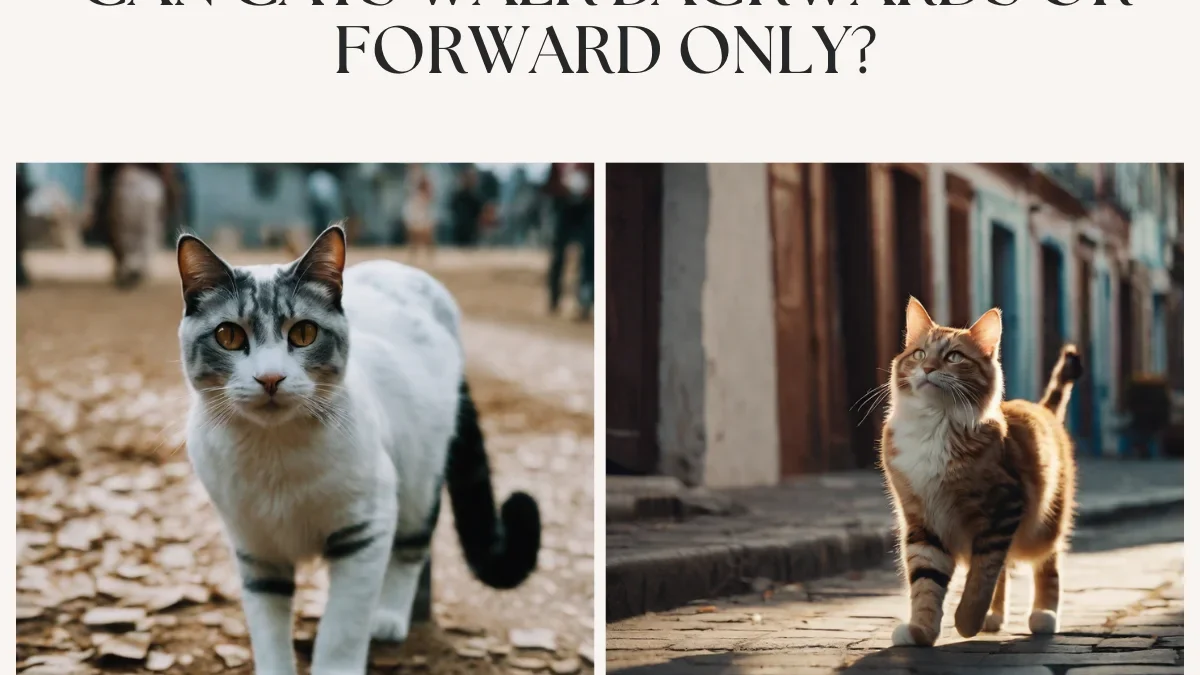
Cracking Open a Can of Tuna for Your Cat: Should You or Shouldn't You? Pawsgal
[…] Can Cats Walk Backwards? […]